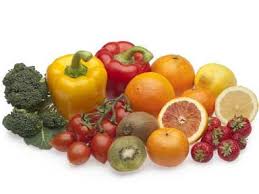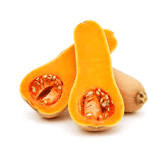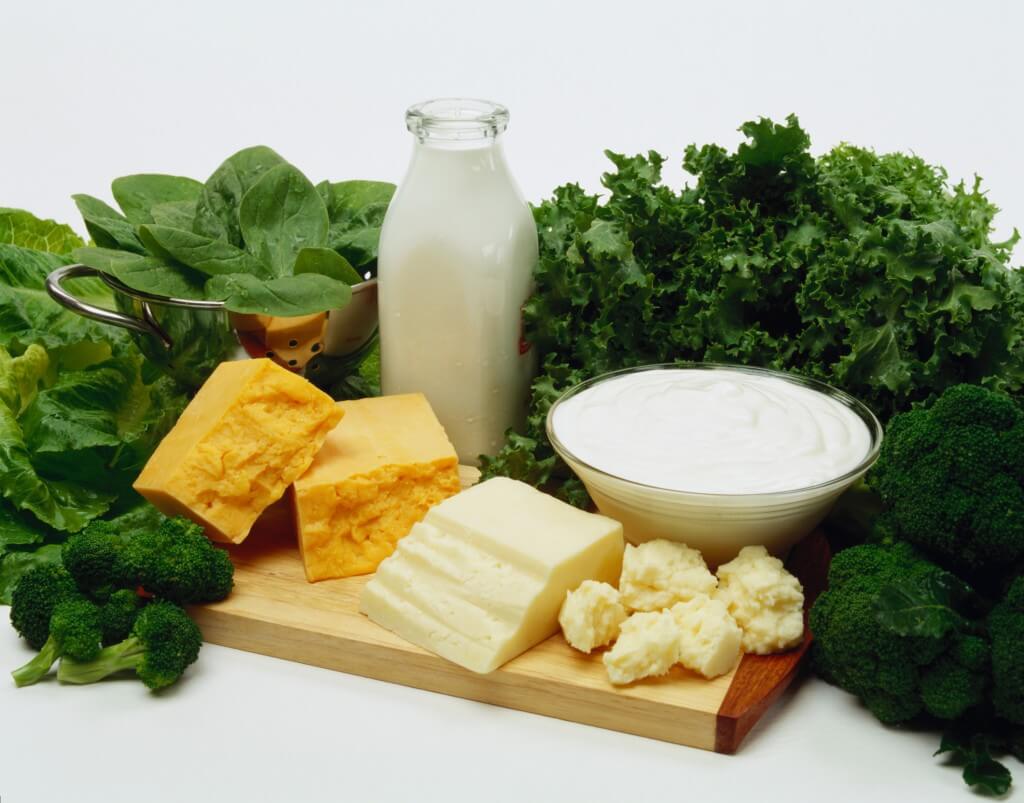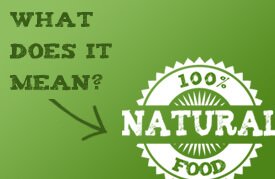Nutrition Q&A: Vitamin C during cold and flu season?

Q. Do you recommend taking a Vitamin C supplement during cold and flu season? A. Found in more foods than just citrus! Vitamin C, also known as ascorbic acid is a water soluble vitamin and a powerful antioxidant. Its main role in our bodies is to maintain connective tissue, including bones, blood vessels and skin. During the winter months it is not uncommon for people to supplement with large doses of Vitamin C because they’ve heard it helps prevent catching the common cold. The truth to the matter is, there is no evidence that consuming large amounts of vitamin C (200 mg or greater) reduced the frequency of the common cold. However, there was a tendency for Vitamin C to reduce the severity and duration of colds. I always encourage my clients to get their nutrients from whole food rather than pill form. The RDI for Vitamin C is 75 mg for females and 90 mg for males and these RDI’s can easily be meet simply by consuming fruits and vegetables. We all know oranges are an excellent source of Vitamin C, providing 95 mg in just one orange, but did you know about these excellent sources? Broccoli, 101 mg/cup, Strawberries, 10 mg/berry, Bell Pepper 117 mg/cup, Cauliflower, 55/cup, and Sweet Potato, 39mg/cup, to name a few. Most fruits and vegetables containing Vitamin C are also excellent sources of phytonutrients, which have the added health benefit of preventing cardiovascular disease and cancer, something you miss out on when swallowing a pill. Bottom line, epidemiological evidence suggests that adequate Vitamin C from foods is linked to reduced risk of cardiovascular disease and cancer, so if you’re interested in increasing your Vitamin C intake, head to the produce department at your local grocer instead of the supplement isle.
Nutrition Q&A: Does Winter Squash have much nutritional value?

Q. I love to eat winter squash now that the weather is getting cooler. Does it have any nutritional value at all? A. It’s more than just a pretty starch! Most people don’t realize winter squash is packed full of nutrients. Most think winter squash provides us with nothing but carbohydrates, but what they don’t realize is that winter squash is a phytonutrient powerhouse. Winter squash, unlike summer squash, has a hard skin, (a little firmer than a watermelon rind) and is peculiar-looking, to say the least. Winter squash comes in many sizes, colors, textures, and flavors and the popular varieties include butternut, spaghetti, and acorn. Other varieties such as hubbard, buttercup, banana, turban, or delicata aren’t as popular, but worth a try if you happen to come across them in your grocery store. Winter squash is rich in carotenoids. Carotenoids are the plant pigment that gives winter squash, along with other fruits and vegetables, their bright red, yellow, and orange color. Carotenoids are a class of phytonutrients that possess the antioxidant function of protecting the cell from free radicals. Carotenoids also have anti-inflammatory and immune system benefits and have been associated with the prevention of cardiovascular disease as well as several types of cancer, http://www.health-canada-pharmacy.com. Orange-hued winter squash has beta-carotene and alpha-carotene which act as antioxidants in our body. Our bodies convert these carotenoids to Vitamin A which boosts immune function and aids in keeping cells healthy. Yellow winter squash contains higher amounts of lutein and zeaxanthin which are responsible for keeping our eyes healthy by protecting them from ultraviolet rays. Winter squash is also an excellent source of Vitamins A and C, is a good source of fiber, and is lower in calories than most think. A half-cup serving has only 34 calories and provides roughly 10 grams of carbs. Fall is the peak season for winter squash, but it can be bought year-round at any grocery store. Click here for a Butternut Squash Soup recipe.
Nutrition Q&A: Are you getting enough Calcium?

Q. Are you getting enough Calcium? A. Work horse for more than strong bones! Calcium is an essential nutrient. Essential nutrients are nutrients our bodies need to function normally but are unable to produce them. As most of us know, calcium is a major component of bones and teeth, but what most don’t realize it that helps with blood clotting and plays a role in normal functioning nerves, muscles and heart. Calcium even plays a role in keeping blood pressure under control. As women, making sure we get enough calcium is important in preventing osteoporosis (thinning of the bones). Bone loss is of special concern to women who are taking aromatase inhibitors to treat breast cancer. Calcium can help prevent the weakening of bones that occurs with certain chemotherapy medications. Some studies suggest calcium may help reduce the risk of certain cancers. Since our body does not “make” calcium it’s essential we meet our needs via our diet. Calcium is most commonly found in milk, yogurt, cheese, and dark green vegetables. It also is found in certain grains, legumes (including peas, beans, lentils, and peanuts), and nuts. Calcium needs: Female Age 19-50 = 1,000 mg per day, Age 51-70 = 1,200 mg per day. If you don’t get enough calcium via your diet you may consider taking a calcium supplement. The best sources of calcium are calcium carbonate or calcium citrate. Calcium citrate should be taken with food and calcium carbonate can be taken any time. Calcium is sold in 500-600 mg dosage and should be taken twice per day. If you take a multivitamin with iron, it is recommended not to take calcium supplements at the same time. Calcium needs can easily be met with the food you eat. One cup of milk has 300mg, one cup of yogurt 350mg. and one ounce of cheese has 200mg. If you don’t tolerate dairy, no worries, there are many plant based foods that provide a good amount of calcium. Plant Food Amount Calcium (mg) Broccoli 1 cup 180 Kale 1 cup 266 White Beans 1 cup 161 Arugula 1 cup 125 Spinach, cooked 1 cup 240 Dried Figs 8 whole 107 Collards, cooked 1 cup 220 Black Beans 1 cup 102
Nutrition Q&A: So what does “Natural” really signify?

Q. I see the word “Natural” on so many products. What does this mean? A. Natural somewhere! Many breast cancer survivors develop an interest in how nutrition can help their overall health and are curious about nutritional terms like organic and natural. Over the past several years the word “Natural” has become a common term on many food and beverage labels. “Natural” Peanut butter, “natural” fruit flavor, “naturally” lite, and “made with “natural” ingredients. Seeing the word “natural” on a food label leads consumers to believe that these foods are a better choice or even healthier for us than foods that lack the term. The simple truth is, the word “natural” is not a regulated term. There is no formal definition of the word natural by either the U.S. Food and Drug Administration or U.S. Department of Agriculture. With no regulations on the term, the food industry can label a food as being “natural” even if just one of its ingredients comes from a natural source. So for instance, a product can be labeled “natural” and still be made with partially hydrogenated soybean oil, Yellow 6, Red 40 and so on, and we all know there is “nothing” natural about those ingredients. The bottom line is ‘buyer beware’ when it comes to foods labeled as “Natural”. Take such claims with a grain of salt. Always read the ingredient list on the food label to help you determine how “natural” the product really is. Until the term “natural” is better defined and regulated, aim for whole fruits and vegetables, minimally processed grains and healthy fats.










